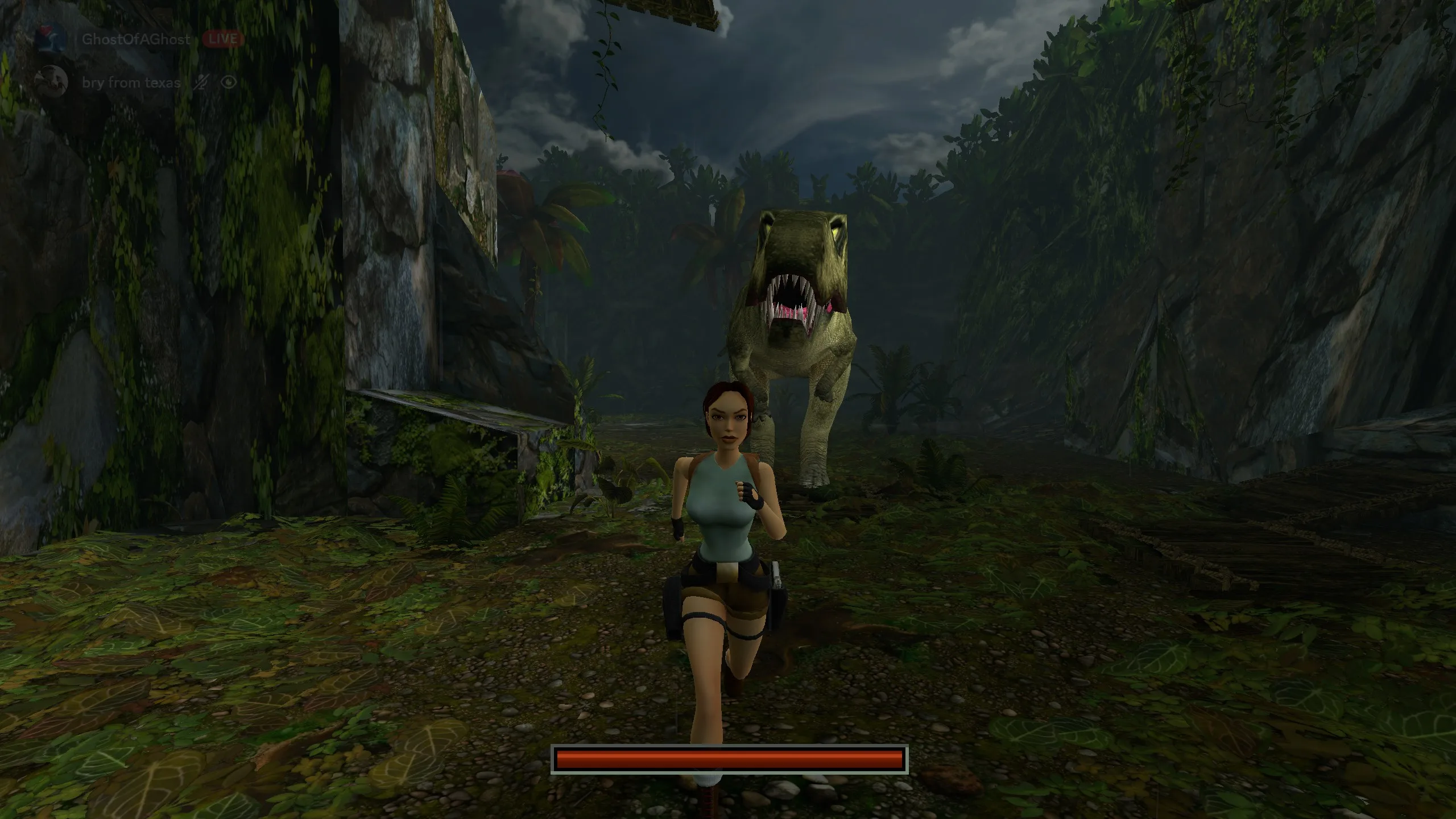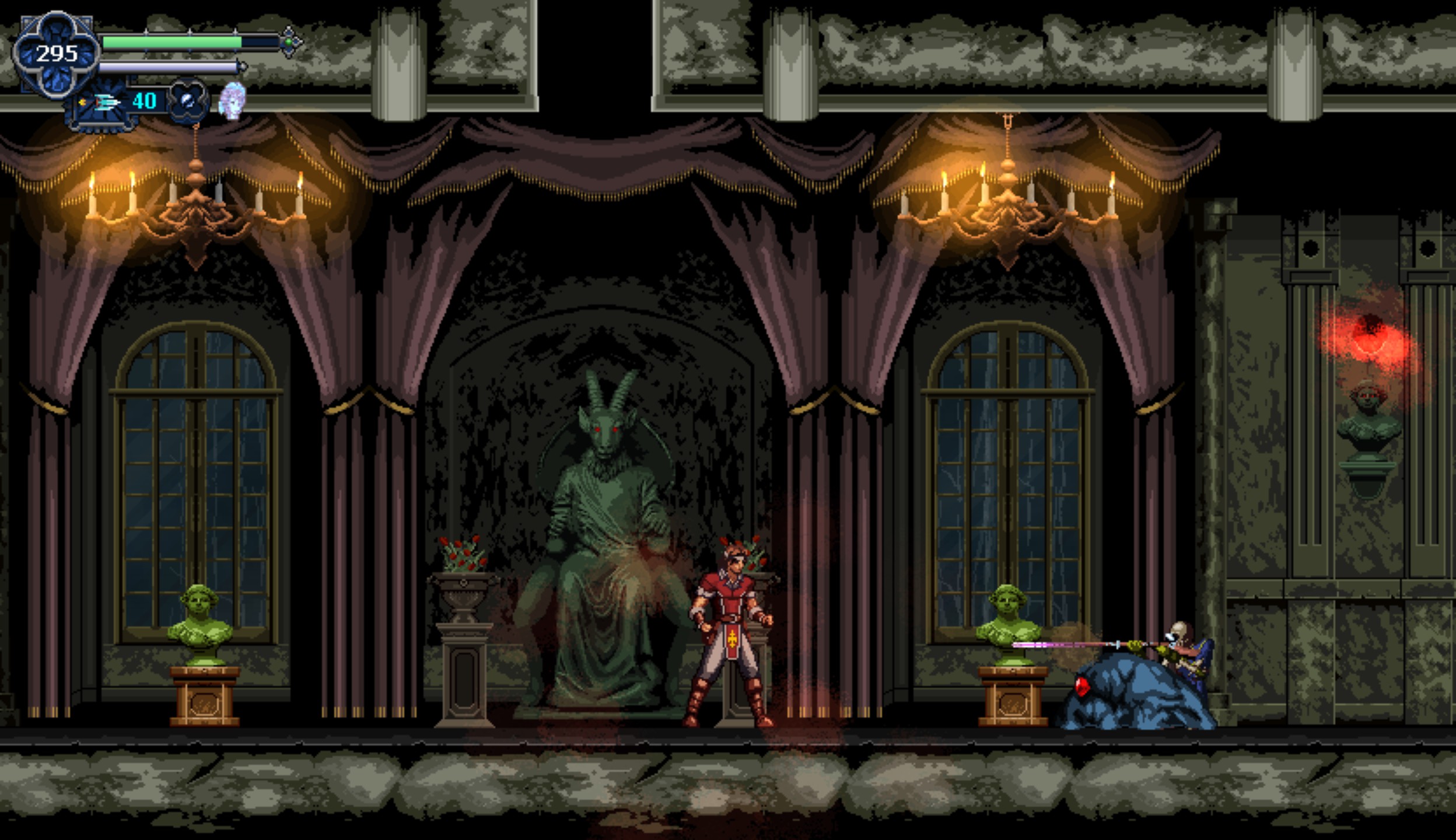The first four Tomb Raiders are undoubtedly really special games. But time makes fools of us all and playing them easily in this day and age is no mean feat. Tomb Raider I-III Remastered aims to fix that by not only making the original three games available, but by adding an entirely new coat of paint and improved controls. The good news is that the games look far better than ever and in some ways, they’ve held up quite well. But this remaster’s changes aren’t all sunshine and roses, making it a bit more annoying to get into the games than I’d hoped.
The games, as ever, feature Lara Croft exploring large levels, solving puzzles, and shooting enemies to progress. The lack of hand-holding and mostly quiet, observant nature still make for a peaceful experience that’s quite unique, even so many years later. The games are very similar to each other, as they were all made on the same engine, but there are differences between them all the same. Tomb Raider I-III Remastered doesn’t faithfully recreate the games – these are the games. You can press a button and return the original graphics immediately.
With the new graphics, everything has been swapped out. All-new models, textures, lighting, and geometry will be found, generally faithfully remade. You’ll notice that brick patterns on walls are the same as they used to be, just with far higher fidelity. Switching between the graphics never gets old and is a particularly excellent inclusion. For anyone that just really wanted the classic experience, you can simply elect not to play the game with new visuals or new controls, which keeps the experience rather classic.
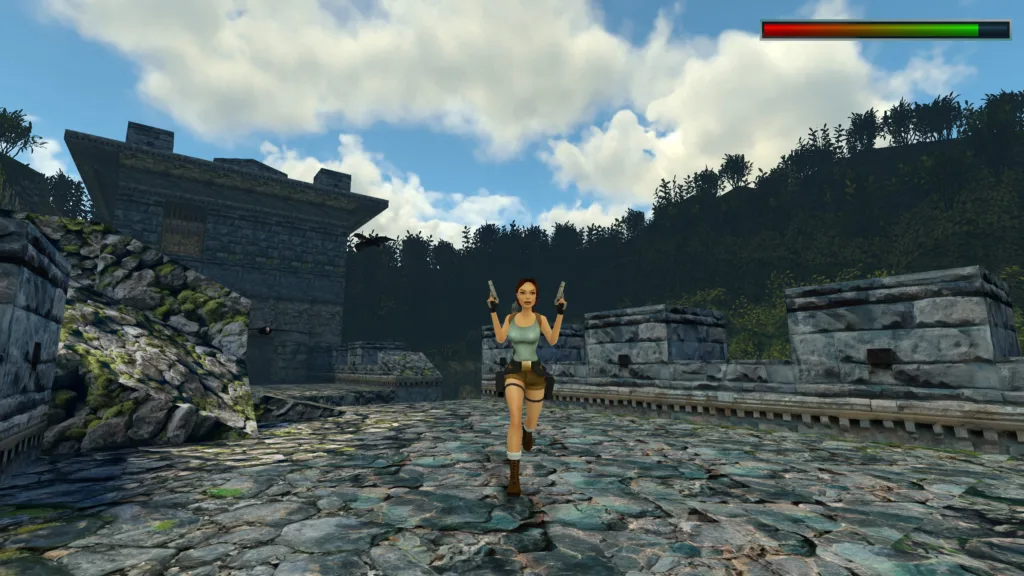
Worse for wear
Granted, Tomb Raider I-III Remastered is made up of dated games. No matter how you play, the movement is clunky and the jumping feels as rigid and weird as ever. I get that this is meant to be reminiscent of the past, but modern players looking at the games for the first time are going to turned off by the way they play. Additionally, they’re often loaded with unfortunate outcomes, as you’ll find yourself dying suddenly to things you couldn’t have foreseen or due to the rigidity of the controls. It’s kind of a shame that so much work was put into the visuals, but the controls simply weren’t given the same treatment.
Be that as it may, I still enjoy these games. I played them on the PSX back in the day and it’s really cool to jump back in, especially with the ability to save anywhere, massively helping with playability. However, the new additions aren’t always in Tomb Raider I-III Remastered‘s favour. The new graphics are undoubtedly a boon, but they create problems in the first game. Since the visuals in that one were so basic and the game lacked flares, areas were brighter than tombs would realistically be. The second and third games had more detailed lighting going on, so they’re not generally as different.
But the first game is now so dark that you might think it’s part of the DC Universe. I had to routinely switch between the old and new graphics just to see what I was doing. I’d walk into an area and have it be pitch black when it was clearly lit originally. It’s mind-boggling in the worst way. I don’t think it’s asking for much to see what you’re doing when jumping around with these dated controls. The updated visuals can also sometimes step on the toes of the art direction, depending. Some areas lose their feel, some get considerably better. It varies.
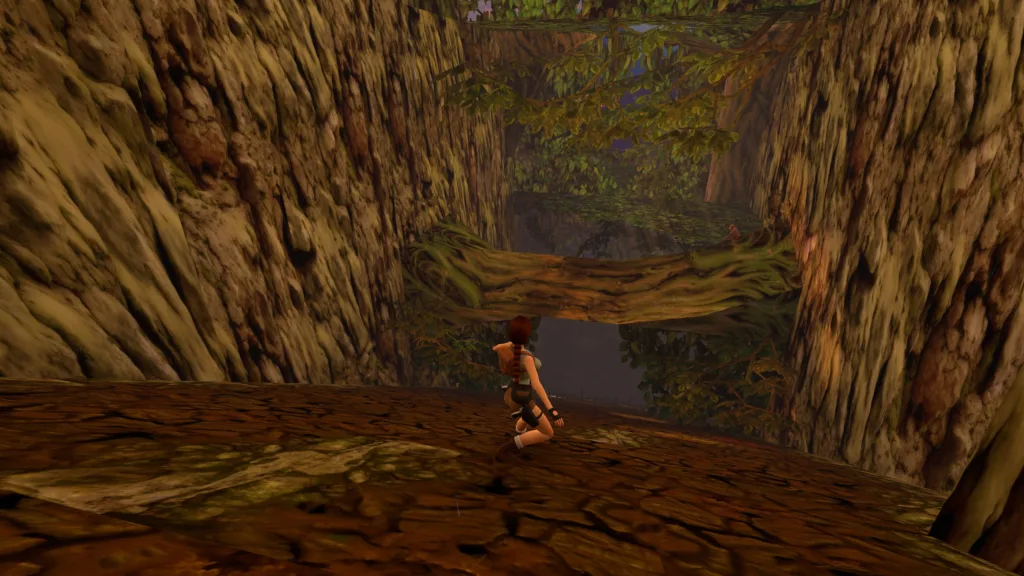
Look at me
One aspect that also needed some work is the camera. The camera in these games is often downright terrible. It’s better with the new visuals as it can move more freely typically, but I noticed times where the camera wouldn’t move until I switched from one style to the other. It’s random, especially when swimming. It’s so jarring that I need to switch the graphics instead of just being able to stay where I am. I will say, though, that the new analog movement controls make the games so much more playable it isn’t funny, save for the fact that Lara can’t really pull off some of her acrobatic moves with them, at least, not that I was able to see.
With that being said, there’s a giant caveat. While the modern controls make the movement a lot better, they make the shooting significantly worse. With the classic controls, you have to press a button to take your weapon out and then press another to fire it. The modern ones require you to hold the weapon button as if you’re aiming (without actually being able to aim,) which is worse. But holding the aim button locks on to an enemy and you can’t shoot any other enemies while doing this. It’s strange to say the least. You can be locked onto an enemy when another walks in front of it while you’re shooting and you won’t damage the other enemy.
There were so many times that I had to switch to classic controls just to be able to hit anything. There’s no good excuse for making the combat worse. I hate awkwardly circle-strafing with Tomb Raider I-III Remastered‘s unreliable lock-on. More work was needed here and that’s the biggest issue this collection has. The “improvements” shouldn’t make the games worse in any way, but it’s just something that happens here. You can still get through the games and have a great time, mind you, but I couldn’t help but notice how many times certain areas could be better.
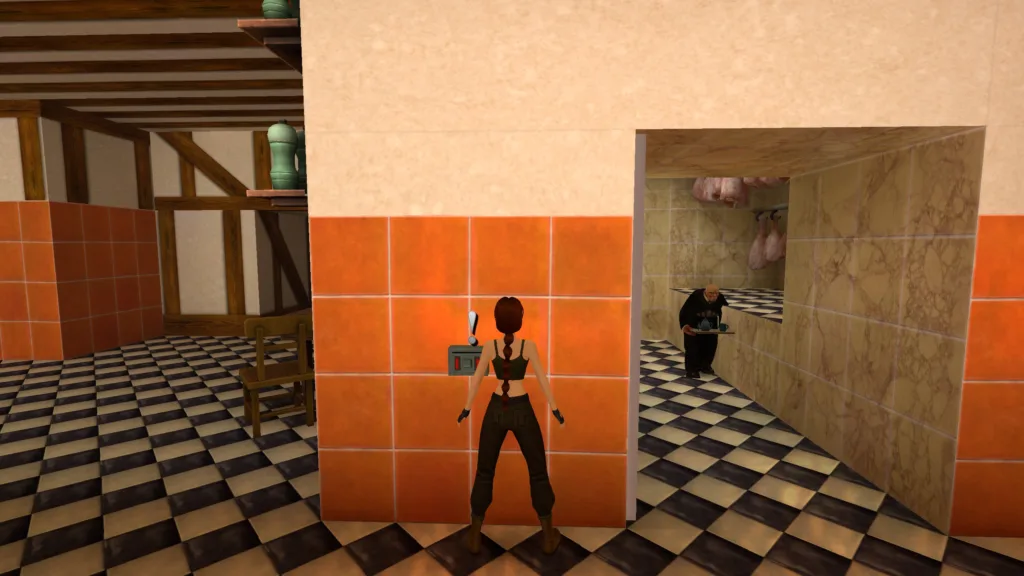
Tomb Raider I-III Remastered does an admirable job of trying to update these classic games, but not all of its changes are for the better. Still, this is an easy way to experience them and their free-form exploration is as rewarding and compelling as ever. With more polish and deeper adjustments, new life could have been breathed into this trio of games. I just hope fans can fix some of it with mods.
Tomb Raider I-III Remastered: These games are still engaging but their remaining clunkiness and the issues added alongside the "improvements" can often make things worse instead of better. – Andrew Farrell
Check out more of our latest reviews:
Prince of Persia: The Lost Crown PC review – A surprise coronation | Persona 3 Reload PC review – 3 minutes to midnight |

